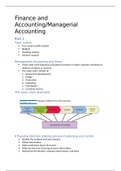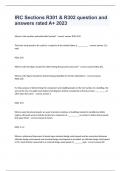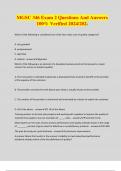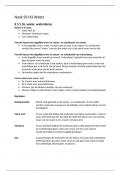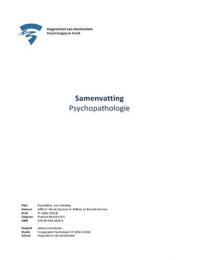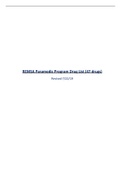Samenvatting
Summary Saxion Financial and Management Accounting part 1 2018/2019
- Instelling
- Saxion Hogeschool (Saxion)
This summary is made by the first-year student of International Business for the subject Finance and Managerial Accounting.
[Meer zien]
